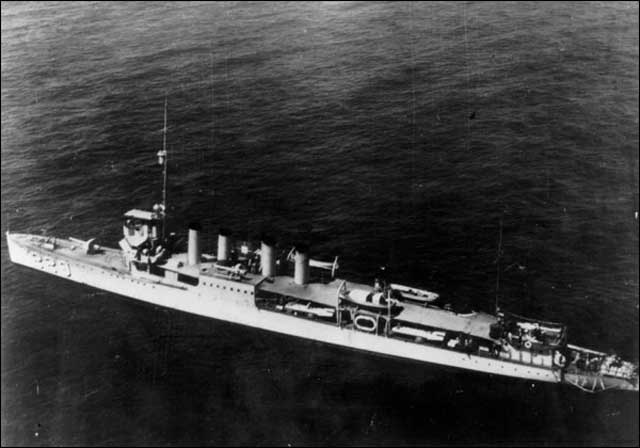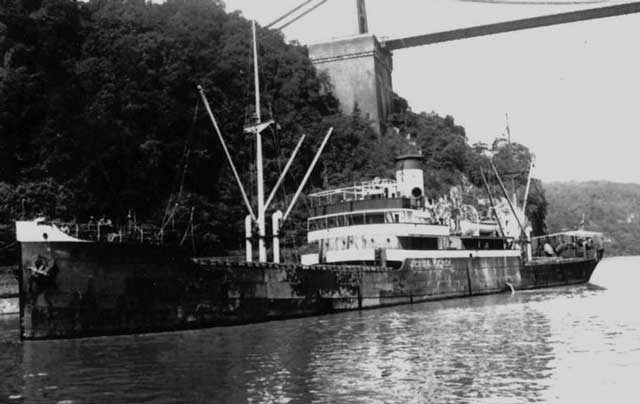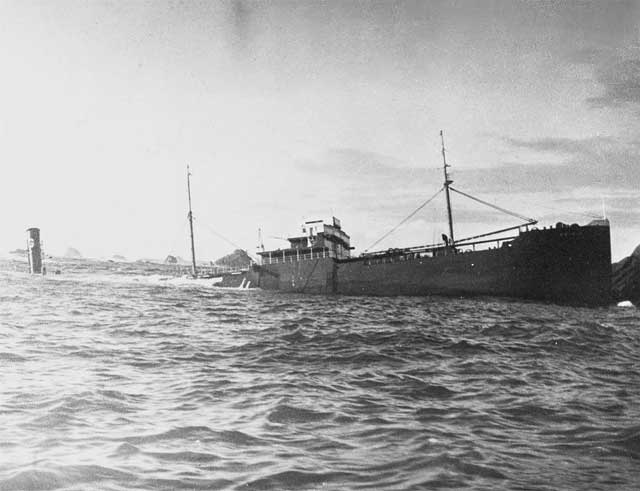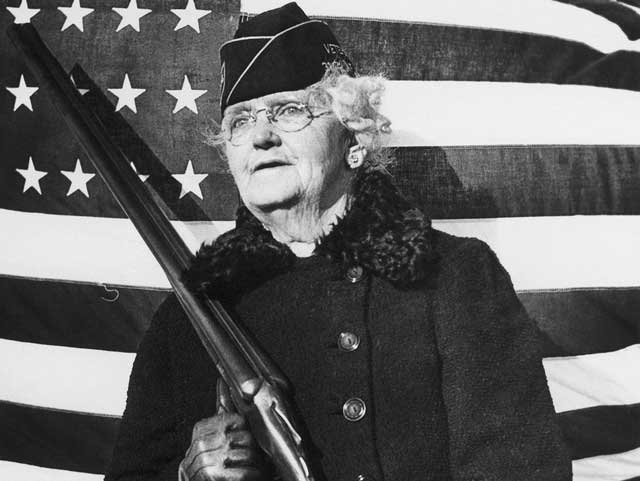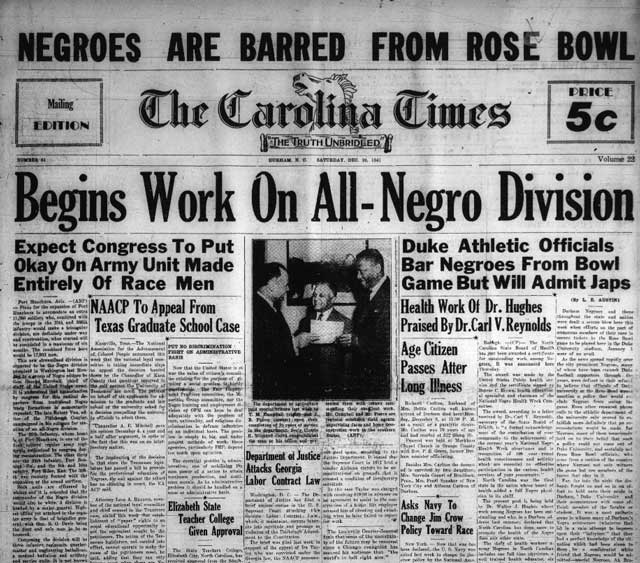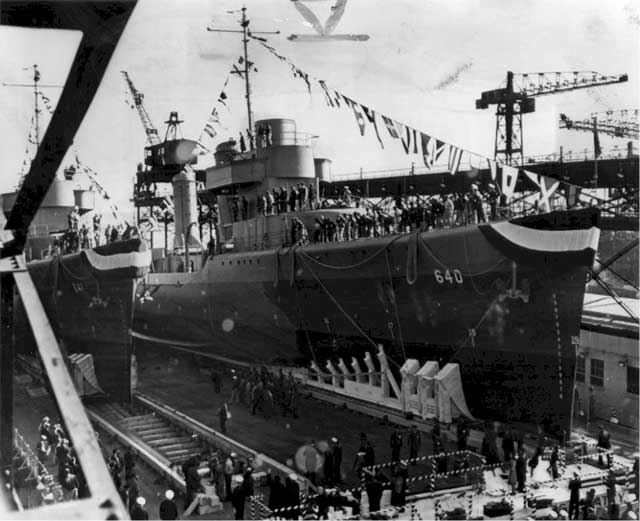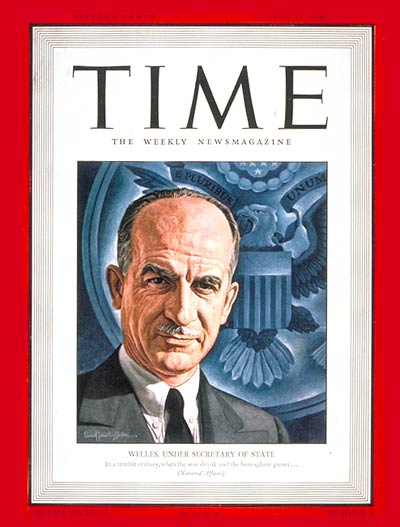Wednesday 18 February 1942
 |
| Royal navy stores ship USS Pollux breaking up upon the rocks of Lawn Point, Newfoundland, 18 February 1942 (Photo by Ena Farrell Edwards via Maine Independent Journal). |
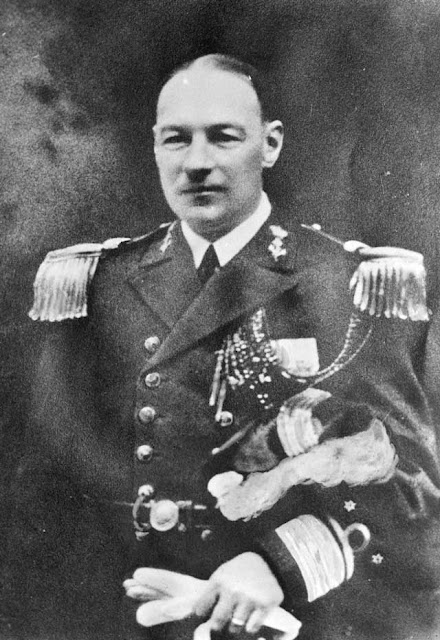 |
| Rear Admiral Karel Doorman, ABDA Commander during the Battle of Badung Strait. |
 |
| Light cruiser Tromp, damaged during the Battle of Badung Strait on 18 February 1942 (Naval History and Heritage Command NH 80909). |
The British in Java know that their fate rests in their own hands and that little help is likely before the Japanese arrive. A volunteer group departs from Batavia, Java, to Oosthaven, Sumatra, in order to salvage whatever they can find despite the island's recent occupation by the Japanese. They pull off this clandestine mission brilliantly right under the noses of the Japanese as destroyer HMS Jupiter and minesweeper Burnie evacuate the rear guard from the port. The volunteers rescue many spare parts and stores. Light cruiser Danae and destroyer Encounter evacuate 877 people from Padang. Meanwhile, overhead, P-40s of the Fifth Air Force shoot down six of nine Japanese bombers attacking Soerabaja, Java at a cost of one P-40. There are vicious dogfights over Soerbaja which result in three additional Japanese fighter losses.
 |
| A German dispatch rider on the Eastern Front on 18 February 1942. He has adapted a gas mask as face protector against temperatures as low as -40°. He is wearing sheepskins. |
European Air Operations: The Luftwaffe is active in the North Sea, sinking 348-ton minesweeping trawler HMS Botanic and 214-ton anti-submarine trawler Warland.
RAF Bomber Command continues its leafletting missions tonight, with six or seven bombers dropping them over Paris and Lille. Another 25 Hampdens drop mines around the West Frisian Islands and off Wilhelmshaven and Heligoland. The British lose one Hampden on this mission.
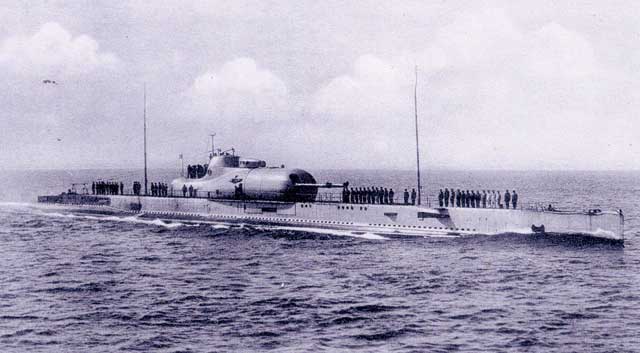 |
| French submarine Surcouf, lost on or about 18 February 1942 under mysterious circumstances. |
U-432 (Kptlt. Heinz-Otto Schultze), on its fourth patrol out of La Pallice, sinks 4053-ton Brazilian freighter Olinda about 78 miles (126 km) northeast of Norfolk, Virginia. Schultze stops the neutral freighter off Cape Hatteras with a shot across the bow and allows the crew to disembark before sinking it with gunfire and one torpedo at 21:00. All 46 men on the freighter survive, picked up on the 19th by destroyer USS Dallas (DD 199).
U-108 (KrvKpt. Klaus Scholtz), on its sixth patrol out of Lorient, gets the final (fifth) victory of the patrol southeast of Sable Island when it torpedoes and sinks 5265-ton British freighter Somme. Captain Scholtz questions the crew in their lifeboats, but they disappear. There are no survivors from the 58-man crew.
U-96 (Kptlt. Heinrich Lehmann-Willenbrock), on its third patrol out of Lorient, torpedoes and sinks 5589-ton British freighter Black Osprey about 130 miles south of Iceland. There are 26 dead and 11 survivors from Black Osprey, which is a straggler from Convoy HX-107.
 |
| " Entering Drydock # Two, at Pearl Harbor Navy Yard, 18 February 1942. Sunk as a result of damage received in the 7 December 1941 Japanese air raid, she was refloated on 12 February 1942. Note oil staining along her hull, marking her waterline while she was sunk. Collection of Vice Admiral Homer N. Wallin, USN (Retired). U.S. Naval History and Heritage Command Photograph."Catalog #: NH 83056. |
Until situation in Cyrenaica radically changes difficulties of getting convoys from east will not diminish. Consider it essential to explore seriously and very urgently possibility using all other available means of getting supplies not only from east but from west also. This is all the more important if situation French North Africa is likely to deteriorate. I am sure these things are being closely considered by you but I feel it important to point out very clearly that the problem is an urgent one.Getting convoys to Malta from the west has become vastly more difficult since Lieutenant General Erwin Rommel's Afrika Korps retook Benghazi in January.
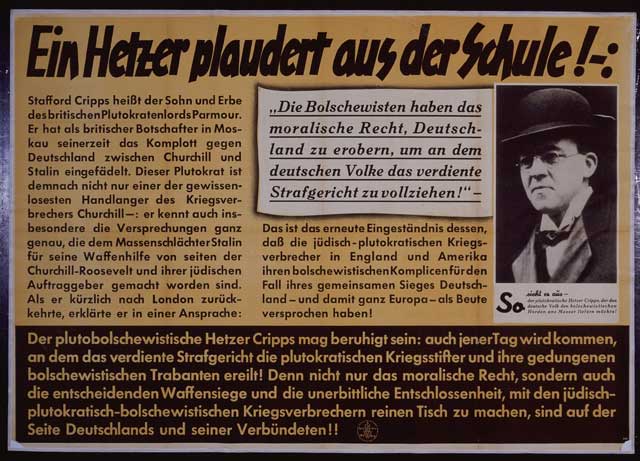 |
| Propaganda posters entitled "Ein Hetzer plaudert aus der Schule!" (roughly translated, "A hound howls from the school!") issued by the "Parole der Woche," a wall newspaper (Wandzeitung) published by the National Socialist Party propaganda office in Munich on 18 February 1942. Essentially, the poster portrays the man pictured as being a Communist. (United States Holocaust Memorial Museum). |
Propaganda: Japanese occupation troops in Singapore have Allied POWs sweep the streets for the newsreel cameras. The Japanese also begin dismantling vestiges of British rule such as statues, memorials, and signs.
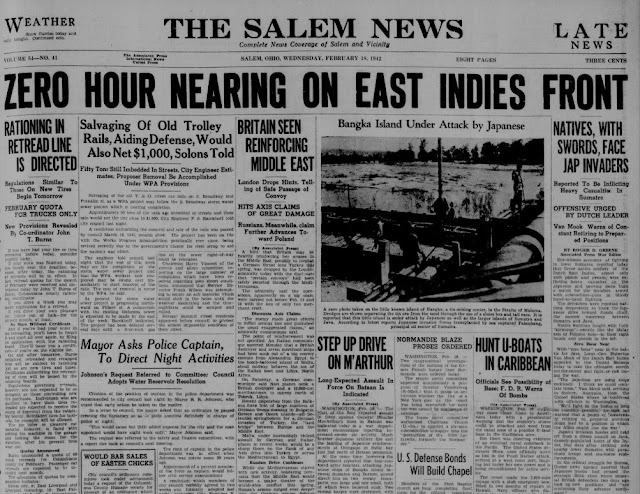 |
| Salem (Ohio) News, 18 February 1942. The headline correctly notes that "Zero Hour Nearing on East Indies Front." |
British/Australian Relations: General Archibald Wavell, Commander in Chief ABDA Command, defies the wishes of Lieutenant General John Lavarack, General Officer Commanding I Australian Corps, and orders Australian troops aboard requisitioned passenger liner SS Orcades to land at Batavia, Java. Wavell tells the Australian Prime Minister that they are needed for the defense of the airfield. This runs counter to negotiations between the highest levels of the British and Australian governments that all available Australian troops will be returned to Australia for the defense of the homeland.
 |
| USS Pollux, one of the ships sunk off the Newfoundland coast on 18 February 1942. |
Air units of the 91st Bombardment Squadron (light), USAAF 5th Force, begin operating out of Malang, Java. They are equipped with A-24 Dauntlesses. Their ground support remains trapped in Bataan, the Philippines.
B-17s of the 22nd Bombardment Squadron (Heavy), 7th Bombardment Group (Heavy), 5th Air Force, depart from Australia bound for Nandi Airport, Fiji. They are heading ultimately for their new base at Jogjakarta (Yogyakarta) Airfield, Java.
 |
| HMS Victorious at Hvalfjord, 15-18 February 1942 (© IWM (A 7678)). |
By December 1942, there will be 1,800,000 troops ready for overseas service, and by the end of 1943 about three and a half million. We are now endeavoring to secure from the War Shipping Administration an additional eighteen cargo ships per month for military use, which would permit an overseas force of 750,000 by the end of 1942. This number, however, would be less than half of the troops potentially available.Marshall warns that current shipbuilding plans will permit an overseas force only half as large as possible at the end of 1943, too. He urges "Immediate steps" to "increase the tempo of the shipbuilding program to a much higher figure."
 |
| A Fairey Albacore taking off from HMS Victorious, 15 to 18 February 1942 (© IWM (A 7677)). |
Public sentiment is strongly in favor of tough measures. In an editorial in the Craig Empire Courier of Craig, Colorado, the editor endorses Pulitzer Prize winner Westbrook Pegler’s view that “the Japanese in California should be under armed guard to the last man and woman right now and to hell with habeas corpus until the danger is over.” This view is widespread.
South Africa: Governor-General Sir Patrick Duncan has his term extended by five years.
 |
| Air-raid shelter under construction between Hunter and Scott Streets, Newcastle, NSW, February 18, 1942. |
American Homefront: Glenn Miller and his Orchestra record "Don't Sit Under the Apple Tree," written by Sam H. Stept, Lew Brown, and Charles Tobias. This war-themed popular tune is performed with the tried and true formula of vocals by Tex Beneke, Marion Hutton, and The Modernaires. The song goes on to spend thirteen weeks on the Billboard charts and becomes the twelfth best-selling record of the year. The Andrews Sisters also perform the song to acclaim in "Private Buckaroo" with the Harry James Orchestra. Patti Andrews later says that "Don't Sit Under the Apple Tree" is their most requested song.
Metro-Goldwyn-Mayer releases "Born to Sing," starring Virginia Weidler and Ray McDonald. The film features Mickey Rooney's father, Joe Yule Sr., Margaret Dumont, and Leo Gorcey of Bowery Boys fame.
February 1942
February 1, 1942: The US Navy Strikes Back
February 2, 1942: Germans Recovering in Russia
February 3, 1942: Japanese Shell and Bomb Singapore
February 4, 1942: Battle of Makassar Strait
February 5, 1942: Empress of Asia Sunk
February 6, 1942: The Christmas Island Body
February 7, 1942: The Double-V Campaign
February 8, 1942: Japan Invades Singapore
February 9, 1942: French Liner Normandie Capsizes
February 10, 1942: US Car Production Ends
February 11, 1942: Tomforce Fails on Singapore
February 12, 1942: The Channel Dash
February 13, 1942: Japanese Paratroopers In Action
February 14, 1942: RAF Orders Terror Raids
February 15, 1942: Japan Takes Singapore
February 17, 1942: Indian Troops Defect to Japanese
February 18, 1942: Battle of Badung Strait
February 19, 1942: FDR Authorizes Internment Camps
February 20, 1942: O'Hare the Hero
February 21, 1942: Crisis in Burma
February 22, 1942: Bomber Harris Takes Over
February 23, 1942: Bombardment of Ellwood, California
February 24, 1942: US Raid on Wake Island
February 25, 1942: Battle of Los Angeles
February 26, 1942: Gneisenau Eliminated
February 27, 1942: Battle of Java Sea
February 28, 1942: Battle of Sunda Strait
2020
